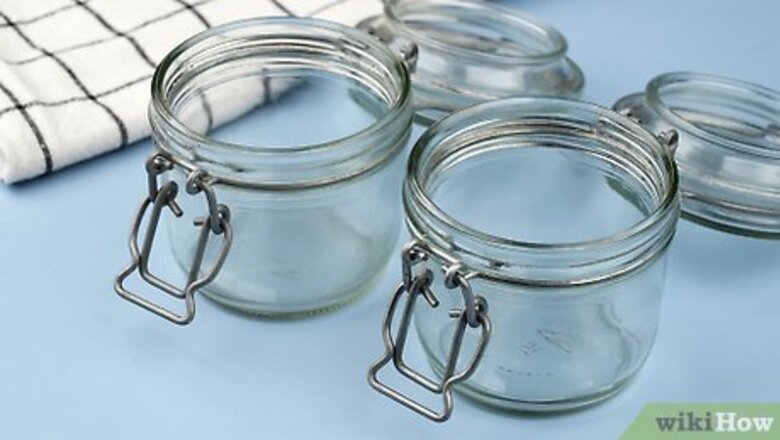
views
Sterilizing Bottles and Jars

Pick out appropriate glass jars and bottles. Look for jars or bottles designed for canning purposes. They should be made of tempered glass and free of nicks and cracks. Be sure they each have appropriate tight-fitting lids. Jars should have flat, gasket-lined lids with screw bands. Screw bands can be reused, but you'll need new flat lids. Bottles should have rubber seals that are in good condition.
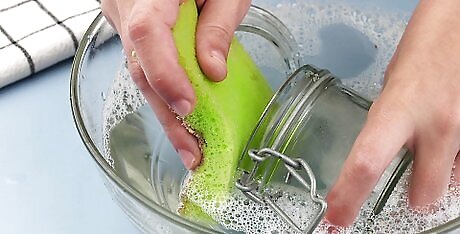
Wash the jars and bottles. Use hot water and dish soap to thoroughly wash the jars and bottles you plan to sterilize. Make sure they are completely free of dried pieces of food and other debris. Wash the lids as well. They must be scrupulously clean.
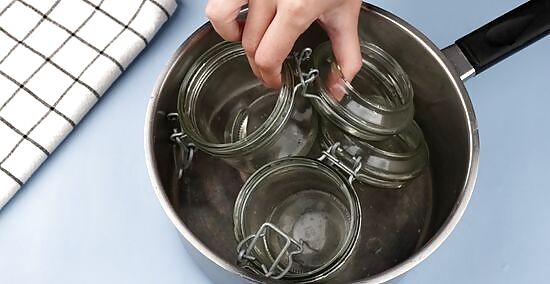
Place equipment in a deep pot. Put the jars and bottles upright in the pot. Place the lid rings around the jars and bottles. Fill the pot with water until it covers the jars and bottles by 1 inch (2.5 cm).

Boil the jars and bottles. Bring the water to a full, rolling boil. If you're at an altitude of less than 1,000 feet (304.8 m), boil them for 10 minutes. Add an additional minute for each additional 1,000 feet (304.8 m) of elevation.
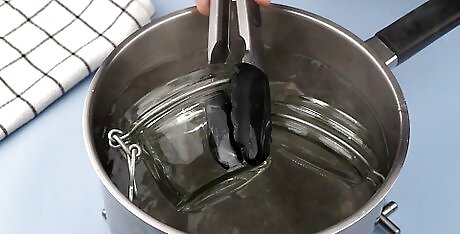
Use tongs to remove the equipment from the water. One by one, lift the jars, bottles and lids and place them on a paper towel to dry. Be careful not to let the sterilized equipment touch anything except the clean paper towel.
Filling and Sealing the Jars and Bottles
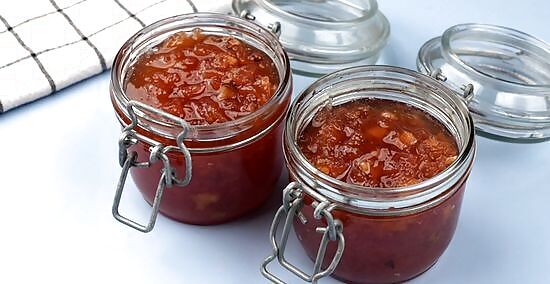
Fill the jars and bottles with the food you wish to preserve. Do this while the jars and the food are both still warm. Adding hot food to cold jars will cause the jars to crack. Leave ⁄4 inch (0.6 cm) of headroom at the top of each jar and bottle. Wipe the rims of the jars and bottles to make sure food drops won't affect the seal.
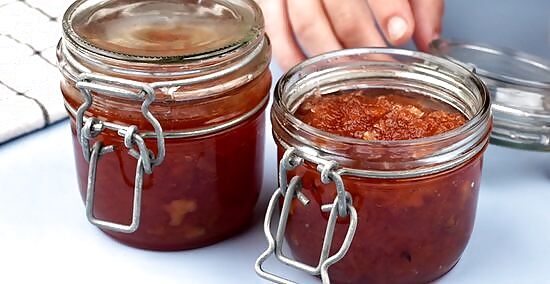
Place the lids on the jars and bottles. Screw on the lid rings and make sure the lids are securely fastened.
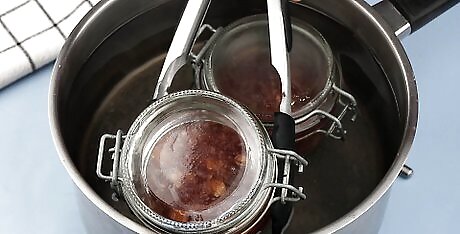
Set the jars on a rack inside a deep pot. The wire rack will keep the jars from touching the bottom of the pot, helping the contents of the jar get evenly cooked and ensuring that the jar seals properly. Use a jar lifter to place the jars on the rack.
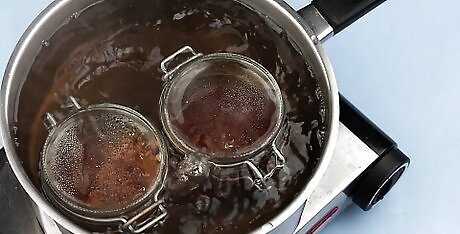
Boil the jars. Fill the pot with water until the jars are covered by 2 inches (5.1 cm). Boil the jars for 10 minutes, then remove them from the pot with a jar lifter and place them on paper towels. Wait 24 hours before handling the jars. They should be completely cool before you put them into storage. Check the jar lids. A slight indentation in the flat lids shows that they have been properly sealed. If any of the lids are not indented, open the jars and use the contents instead of storing them.

















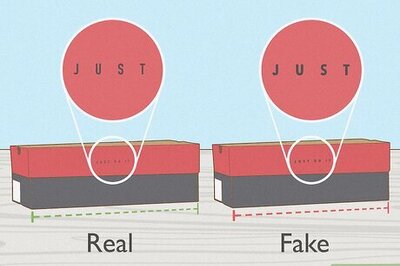
Comments
0 comment